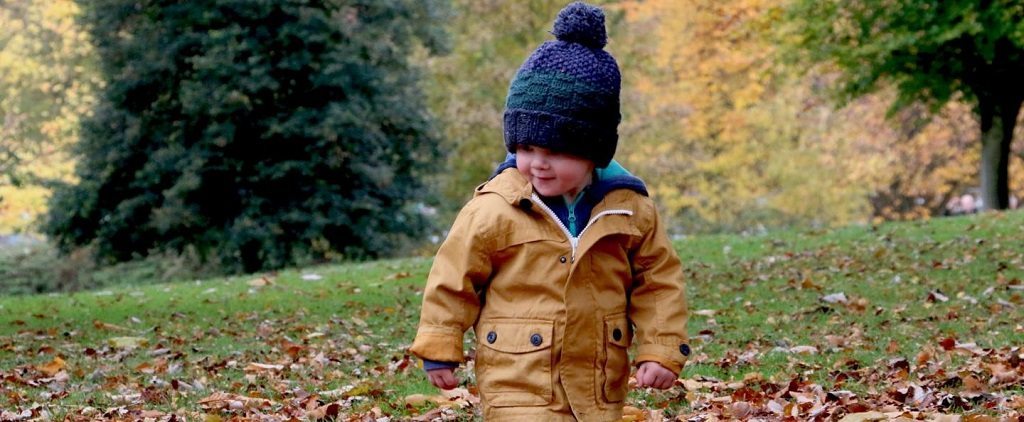[dropcap style=”font-size:100px; color:#992211;”]K[/dropcap]ids who grow up near ‘greenspaces’ could have higher attention than those who don’t.
It’s hardly surprising. Maybe it’s the fresh air, the space, the uplifting and invigorating effect of the wild outdoors.
Or maybe it’s the fighter-pilot reflexes needed to dodge the dogpoos hidden under leaf piles; the errant head-high football approaching from behind; the park run phalanxes hammering down the pathways; the intimidating swans; those shouty people doing urban-guerilla-SAS-combat-yelling-mud training; the off-leash dogwalkers being sneery; the smelly wino wanting some cash for ‘a cup of tea’; the out-of-control longboard-riding dads; the mamils on rollerblades….
Natural surroundings, including green spaces, may be beneficial for brain development in children, but evidence is still limited. A previous ISGlobal study already indicated that green spaces within and surrounding schools could enhance cognitive development in children between 7 and 10 years of age. In the current study, the authors expanded on this finding by evaluating the impact of greenness surrounding all the residential addresses of children since birth and characterizing cognitive development at earlier stages in life.
The analysis, published in Environment Health Perspectives, was based on data from 1,500 children of the INMA – Environment and Childhood Project cohort in Sabadell and Valencia, collected during 2003-2013. The ISGlobal team analysed residential surrounding greenness – at 100, 300 and 500 metres distance- at birth, 4-5 years and 7 years of age. Two types of attention tests were performed at 4-5 and 7 years of age. The research shows that children with higher greenness around their homes had better scores in the attention tests.
Payam Dadvand, ISGlobal researcher and first author of the study, emphasizes “this is the first time that the impact of lifelong residential exposure to green spaces on attention capacity in children has been studied.” These results “underline the importance of green areas in cities for children’s health and brain development,” says Dadvand.
Jordi Sunyer, study coordinator and head of the Child Health Programme at ISGlobal, points out that “the possibility that exposure to different types of vegetation might have different impacts on neurodevelopment remains an open question”. Therefore, Sunyer considers further studies should be done in other settings with different climates and vegetation.
“Green spaces in cities promote social connections and physical activity and reduce exposure to air pollution and noise, and are therefore essential for the development of the future generations’ brains” adds the study coordinator.
Source: Eurekalert/Barcelona Institute for Global Health (ISGlobal)
Image: Michael Podger

Some of the news that we find inspiring, diverting, wrong or so very right.




















